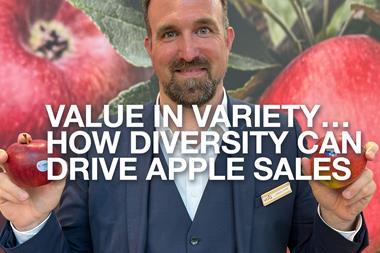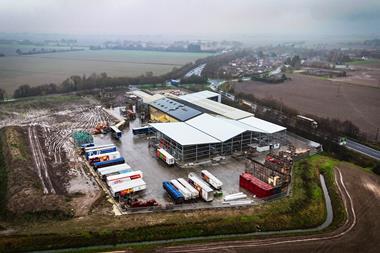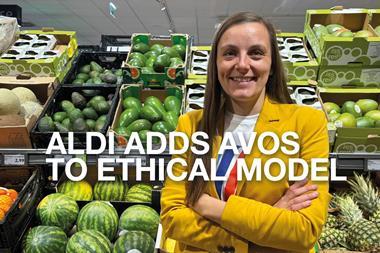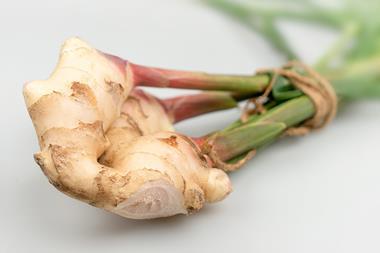In the past few years, biodiversity has become something of a buzzword in agriculture, with producers of different shapes and sizes keen to show their credentials in this area. Indeed, increasingly, retailers are demanding they do.
To allow producers to quantify and demonstrate their efforts, in April GlobalGAP launched its BioDiversity Add-on, an additional standard that strengthens the environmental elements of the farm assurance body’s flagship Integrated Farm Assurance (IFA). Essentially, the new ‘add-on’ demonstrates that a company has gone the extra mile to boost biodiversity on their farm.
“For our stakeholders, biodiversity is one of the key topics in sustainability, and those producers and retailers have recognised that people are saying biodiversity is key for our wellbeing, business, and societies in general,” says Rene Capote, a senior technical expert at GlobalGAP.
The add-on was spearheaded by Lidl in Germany, which approached GlobalGAP last year to ask how it could better demonstrate and communicate its commitment to biodiversity. Suppliers of the discounter in Germany, Poland, Spain, Greece and Italy have been the first to implement the new standard, but it is open to all fruit and vegetable producers in the European Economic Area following its launch in April 2022. The add-on is therefore not currently available to producers in the UK or the rest of the world, but GlobalGAP says it wants to roll out the standard internationally in future.
Essentially, the BioDiversity Add-on recognises what producers have already been doing to protect and enhance biodiversity, but it requires them to go further, for example by dedicating more land on their site to biodiversity.
“More often than not, we are finding that the areas producers have already dedicated to biodiversity are not enough to comply with the add-on,” says Capote. But rather than requiring a grower to rewild a cultivation area, GlobalGAP accepts that other parts of a producer’s site, such as the space around a warehouse or office block, might be suitable instead.
Other aspects of biodiversity management that need improving, according to Capote, are training, capacity building, and collaboration. “Collaborating beyond the farm fence is something that is encouraged or requested by the add-on. Some producers are already part of biodiversity projects or networks, but it is not always the case. There is room for more developments there.”
At €30 a year on average – prices vary slightly depending on the specific producer – it’s affordable to register for the add-on, and Capote stresses it isn’t a money-making exercise for GlobalGAP. The larger cost is the on-farm implementation of biodiversity measures. Nevertheless, GlobalGAP says it has already received considerable interest in the add-on from various European producers, and Capote reports that some stakeholders have asked whether it would be possible to adopt the standard as a standalone audit separate from the IFA. For now, it cannot be implemented in this way.
Going forward, Capote expects uptake to grow significantly. “We understand that biodiversity is one of the key words for most of our stakeholders in agriculture, so we see good potential for this add-on to grow in the market,” he says. “From the start, the vision was to have a global biodiversity standard and we are working on a version that will be available to producers around the world.”









